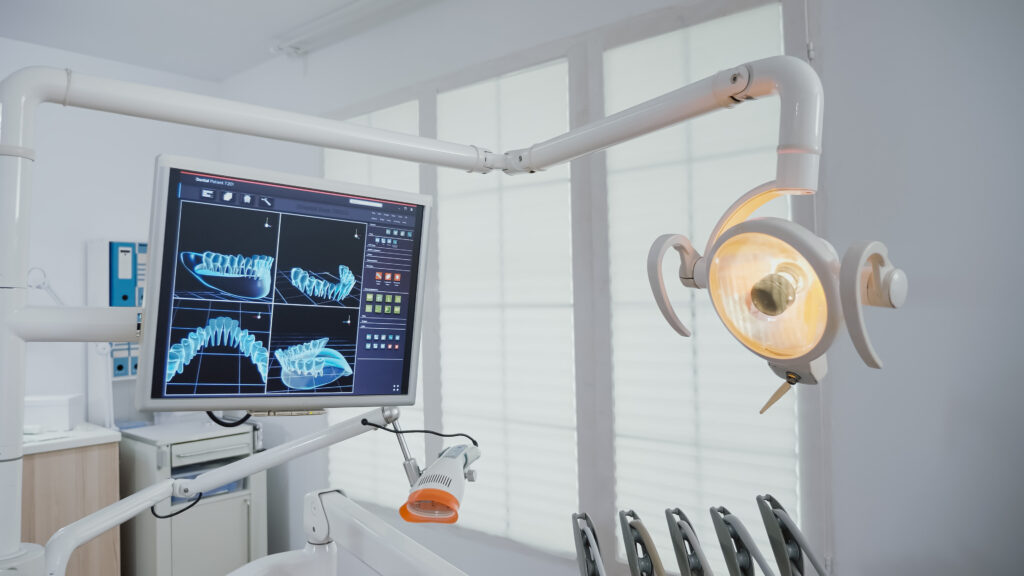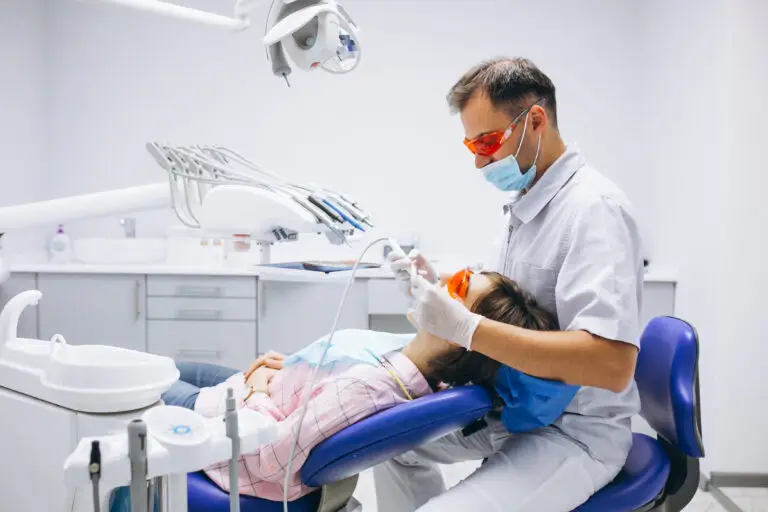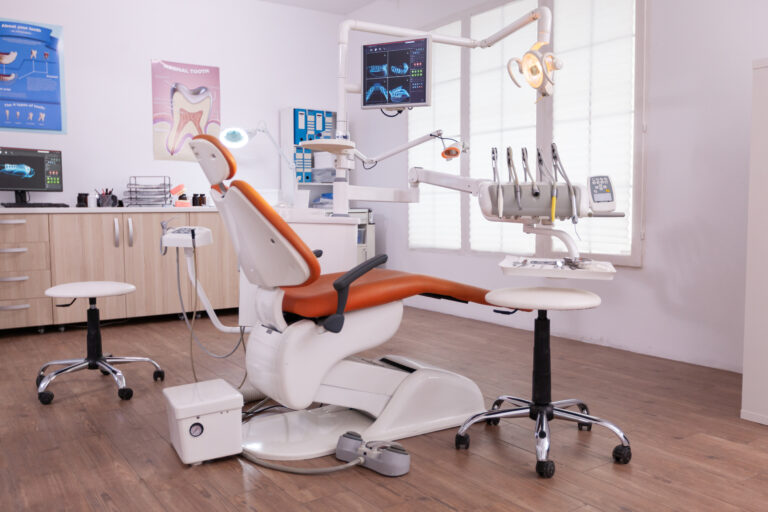Which is the Best Dental X-Ray Machine: Portable vs Wall-Mounted?
Table of Contents
Introduction
Choosing the right **dental X-ray machine** is one of the most important investments a dental clinic will make.
It directly impacts diagnostic accuracy, workflow efficiency, and patient experience.
As of 2025, dental professionals have two main options: **portable (handheld) X-ray machines** and **wall-mounted X-ray machines**.
This comprehensive guide compares both types on key parameters like image quality, cost, safety, usability, and space requirements to help you decide which one suits your clinic best.
1. Overview: Portable vs Wall-Mounted Dental X-Ray Machines
Portable Dental X-Ray Machines
*Description: Battery-powered handheld devices
*Use: Easily moved between rooms or to off-site locations
*Best for: Small clinics, mobile services, multi-operatory setups
Wall-Mounted Dental X-Ray Machines
*Description: Fixed in a single operatory, mounted on reinforced walls
*Use: Stable imaging from a fixed location
*Best for: Established clinics with fixed layout and dedicated imaging rooms
2. Flexibility and Convenience
Portable
* Can be moved between operatories
* No need for separate machines in each room
* Perfect for mobile clinics, dental camps
Wall-Mounted
* Fixed installation limits mobility
* Requires patients to move to the operatory with the unit
* Suitable for clinics with a dedicated radiography room
3. Image Quality and Diagnostic Accuracy
A study published in the *Cureus Journal of Medical Science* found that handheld X-ray machines produced:
*Better contrast and sharpness
*Fewer angulation errors
Modern portable units now rival or exceed wall-mounted systems in image quality, making them suitable for routine use if safety protocols are followed.
4. Radiation Safety
Portable
* Operators hold the machine during exposure
* Requires:
* Lead aprons
* Distance or shielding
* Proper training
Wall-Mounted
* Fixed positioning allows installation of shielding panels
* Safer for the operator with better radiation isolation
Both types emit low radiation, which is typical of dental radiography. Safety depends more on protocols than machine type.
5. Installation and Space Requirements
Portable
*No installation needed
*deal for compact or flexible spaces
*Easily stored when not in use
Wall-Mounted
* Requires:
* Wall reinforcement
* Electrical wiring
* Dedicated operator
* Not feasible in rented or limited-space clinics
6. Cost Comparison (India, 2025)
Feature | Portable Machine | Wall-Mounted Machine |
Price Range | ₹31,500 – ₹1,45,000 | ₹31,900 – ₹34,500 |
Installation Cost | Minimal | ₹20,000 – ₹50,000+ |
Maintenance Cost | Moderate (battery issues) | Lower |
Operational Cost | Battery recharging, calibration | Very low |
Space Requirement | Minimal | Requires dedicated space |
Lifespan | 5–7 years | 7–10 years or more |
Portable machines are more expensive upfront, but save on space and installation. Wall-mounted units are cheaper but incur setup costs.
7. Operational Considerations
Ease of Use
*Portable: Intuitive, less training required
*Wall-Mounted: Fixed controls; may need training for angulation
Workflow Efficiency
*Portable: Faster patient turnover in multi-room settings
*Wall-Mounted: More stable and repeatable positioning
Durability
*Portable: Risk of drops or battery failure
*Wall-Mounted: Less handling = longer lifespan
8. Use Case Recommendations
Scenario | Recommended Machine |
Small clinics with limited space | Portable |
Clinics with mobile dental services | Portable |
Multi-operatory setups | Portable |
Large clinic with fixed radiography room | Wall-Mounted |
Clinics prioritizing modern tech image | Portable (advanced model) |

9. Innovations and Extra Features
Portable Machines
* Digital sensors with instant preview
* Wireless data transfer
* Lightweight designs with ergonomic grips
Wall-Mounted Machines
* Integrated with digital image plates
* Flexible scissor arms
* Durable, low-maintenance components
Conclusion: Which is Best for Your Clinic?
Portable Dental X-Ray Machines are ideal for:
* Clinics needing flexibility
* Mobile dentists or outreach programs
* Multi-room practices with budget constraints
They offer high image quality, faster workflow, and lower space requirements. However, they require battery care and strict radiation safety.
Wall-Mounted Dental X-Ray Machines are ideal for:
* Clinics with fixed rooms
* Practitioners preferring traditional setups
* Practices focused on low maintenance and long-term durability
While image quality is now comparable between the two, your choice should align with your clinic’s layout, patient volume, and expansion plans.
FAQs
**Q1: Are portable dental X-ray machines safe to use?**
Yes, when proper safety gear (lead aprons) and protocols are followed. Operator training is crucial.
**Q2: Do wall-mounted X-ray machines need separate installation?**
Yes. They require wall reinforcement, dedicated wiring, and possibly shielding for radiation control.
**Q3: Which provides better image quality – portable or wall-mounted?**
Modern portable units offer comparable or better image sharpness and contrast, as shown in recent clinical studies.
**Q4: What is the average lifespan of a dental X-ray machine?**
Portable: 5–7 years, depending on usage. Wall-mounted: 7–10 years or longer with proper care.
**Q5: Can I use one portable machine across multiple rooms?**
Yes. This is a key advantage of handheld units. They can be moved easily, reducing the need to buy multiple machines.
Also Read
- Pradhan Mantri Jan Arogya Yojana : Great Opportunity for Small Healthcare Providers
Indian Healthcare Sector:-Want to know how Digital India Is Transforming Small Pharmacies?
Want Better Rates and Priority Supply? Pay Your Vendors Early — Here’s Why It Works
Running a Private Clinic? Here’s How to Track and Cut Monthly Costs





